What is the difference between motor motor inner rotor motor and outer rotor motor?
Permanent magnet synchronous motors can be divided into outer rotor structure and inner rotor structure according to the position of the rotor in the motor, the difference is whether it turns inside or outside, the inner rotor structure is the inner rotor structure and the outer rotor structure is the outer rotor structure.
Usually the rotating part is the embedded magnet part, i.e. rotor; the non-rotating part is the coil part, i.e. stator. Here we talk about the difference between the inner rotor and outer rotor of permanent magnet motor.
In practice, the inner rotor and outer rotor have the following differences:
1, the difference in rotational position. Internal rotor, that is, the motor drive part in the interior, the shell is in a static state, internal rotation; external rotor is internal static, external shell rotation. Generally speaking, embedded magnets (permanent magnets) part will rotate, while the coil part does not rotate, according to the permanent magnet inlay process and position, you can also distinguish between the outer rotor and inner rotor.
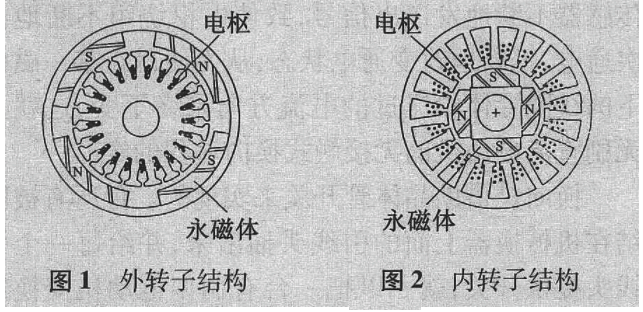
2, the size of the permanent magnet volume. The outer rotor permanent magnet volume is small, axial size is small, the system running stability is good. Inner rotor permanent magnet volume is large, axial size corresponds to a larger, high center of gravity, poor operational stability.
3、Rotation speed. Take the same DC brushless motor as an example, the speed of the inner rotor motor is significantly higher than the outer rotor motor.
4, Application. The inner rotor is often used in motors, generators, gas turbines and compressors and other power machinery, while the outer rotor is usually installed in the impeller Li, assume the role of heat dissipation and cooling.
Outer rotor motor is characterized by the stator is fixed against the shaft in the middle position does not move, the rotor rotates in the periphery of the stator, also belongs to the radial air gap flux structure, compared with the inner rotor structure is the rotor and stator changed position, Figure 1 is the outer rotor generator floor plan, the stator inside the motor is called the inner stator, the rotor in the periphery of the motor, called the outer rotor.
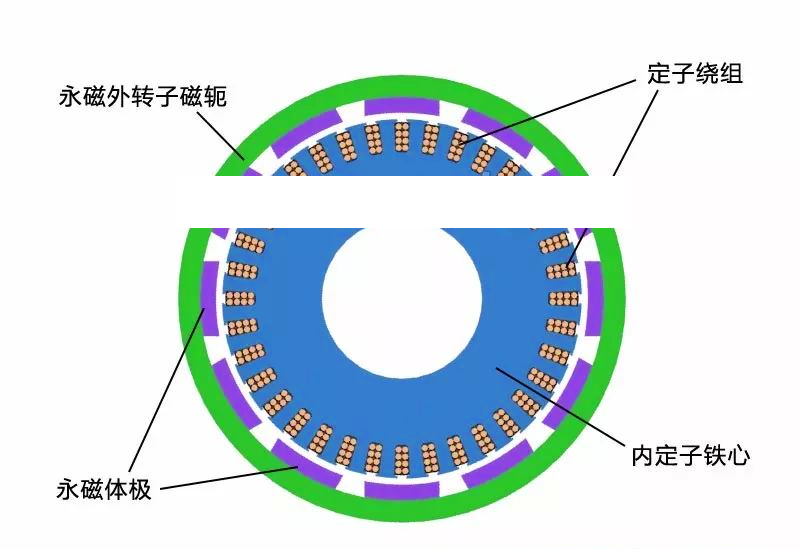
Figure 1- Plan view of the outer rotor generator
Direct-drive outer rotor permanent magnet wind turbine
The following is an introduction to the composition and structure of the direct-drive external rotor permanent magnet wind turbine generator set, through a permanent magnet external rotor generator model to introduce its construction, Figure 3, left, is the inner stator core diagram, the stator core is made of magnetically conductive silicon steel sheet stacked into the stator core periphery has a number of grooves, the generator's windings are embedded in the grooves, the windings are distributed according to three-phase regularity.
Generally large direct-drive wind turbine outer rotor has 30 to 40 pairs of magnetic poles, the number of stator slots is 180 to 240 or so. In order to clearly show the construction of the inner stator core, the number of coil slots in this model is much less than in an actual direct-drive generator.
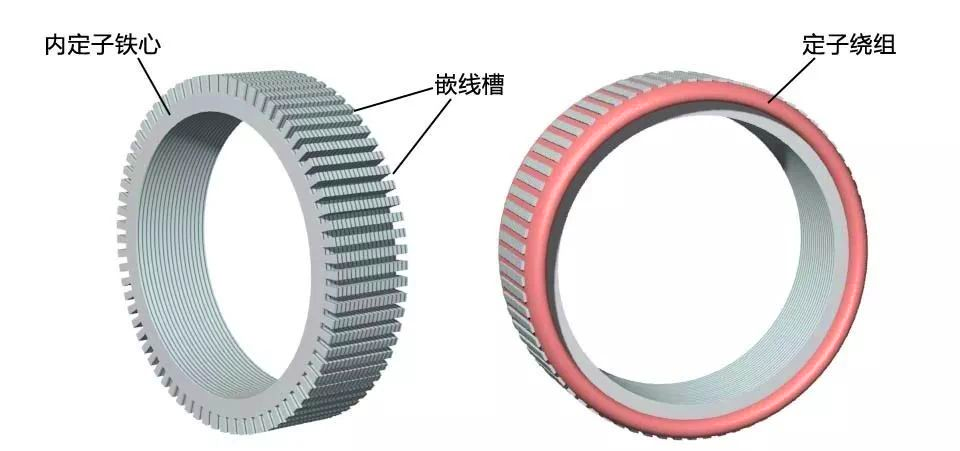
Figure 2 - Direct-drive generator inner stator core and windings
The stator core is mounted on the stator bracket, which has a flange mounted to the nacelle seat at one end, and the outer rotor shaft at the other end, which is also the main shaft of the wind turbine. The main shaft has to bear the weight and wind force of the entire wind turbine and outer rotor, and the main shaft and flange have to have a high degree of strength.
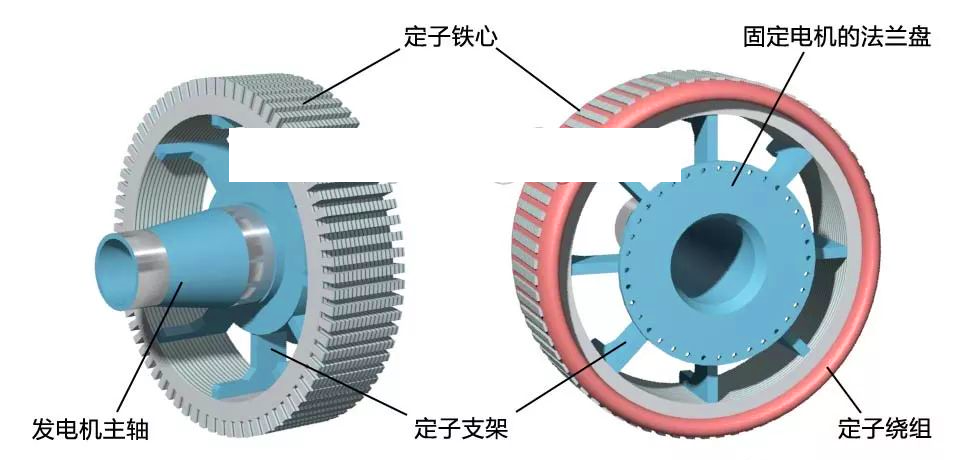
Figure 3 - direct-drive generator inner stator structure
Figure 4 is a sectional view of the outer rotor structure, showing its structure in two directions. The outer rotor is like a barrel set on the outside of the stator, made of iron material with good magnetic permeability, and there are magnetic poles made of permanent magnets fixed around the inner circumference of the “barrel”, which is the yoke of the rotor, and one of the advantages of this structure is that it is easier to fix the magnetic poles, which will not fall off due to centrifugal force. One of the advantages of this structure is that the magnetic poles are easier to fix and will not fall off due to centrifugal force, and the outer rotor yoke is fixed on the rotor shaft sleeve.
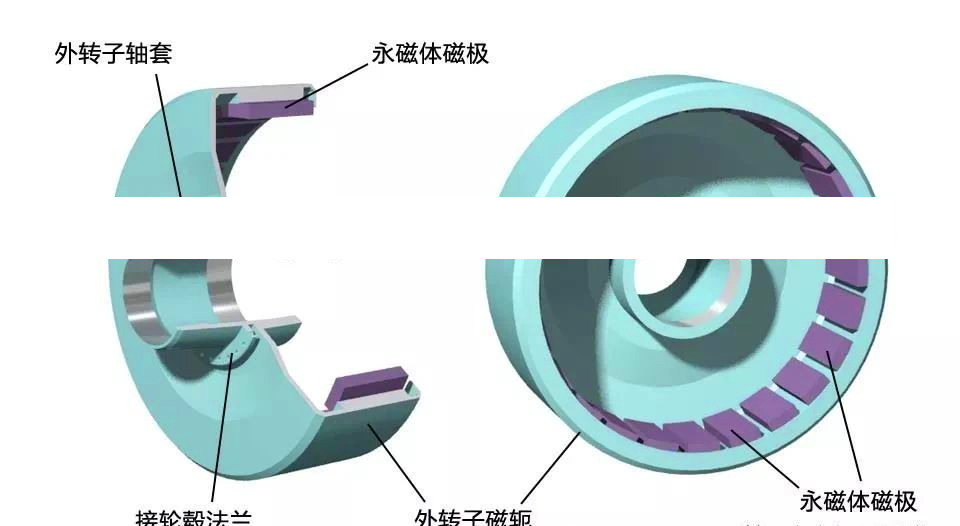
Figure 4 - Direct-drive generator outer rotor construction
The outer rotor is mounted on the main shaft of the generator to form an outer rotor generator, the structure of which is illustrated in the following figure from two directions. The outer rotor sleeve holds both the outer rotor and the entire wind turbine, which carries a large load, so it is mounted on the generator main shaft through two large bearings.
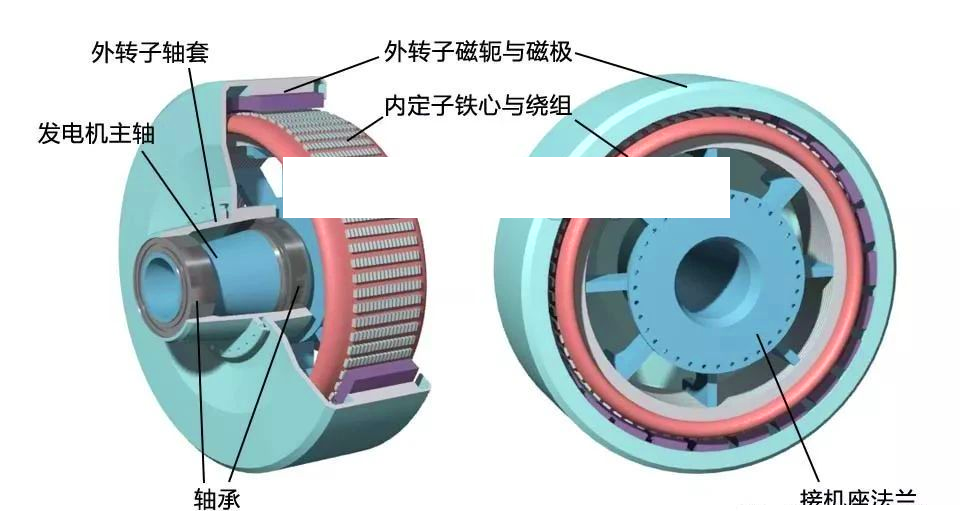
The advantages and disadvantages of the inner rotor and the outer rotor are as follows: the advantages of the inner rotor include lightweight fan blades, easy production as well as assembly of the motor, and lower cost, but there are problems such as rapid heating of the motor, high power consumption, unstable voltage that can easily damage the motor, and a short lifespan. The advantages of the outer rotor is that it can be made into a completely closed structure, can run quickly after starting, low power consumption, high speed, high energy efficiency, long service life, but poor sealing, rotor inertia, high noise, high requirements in dynamic balancing.












